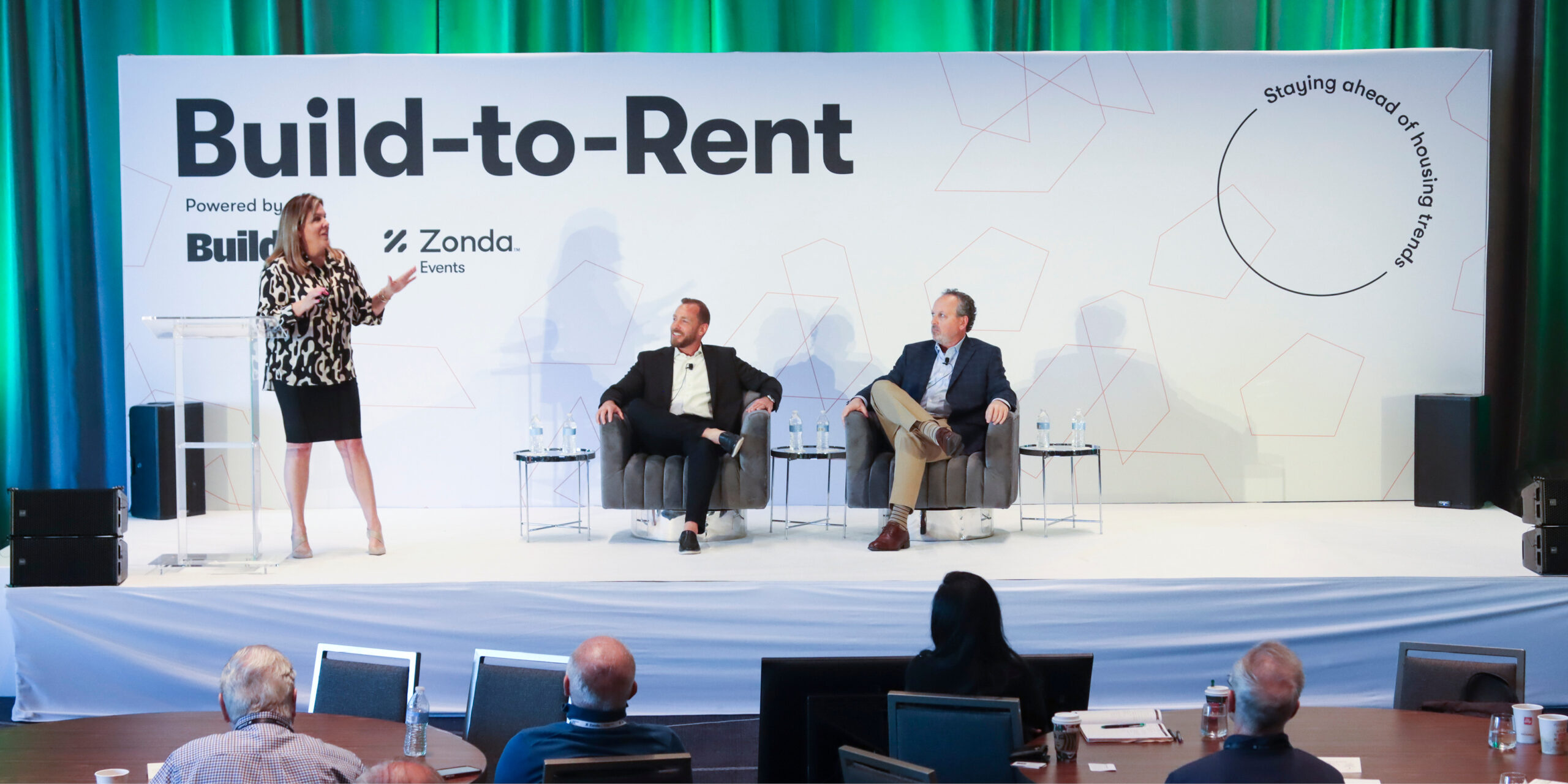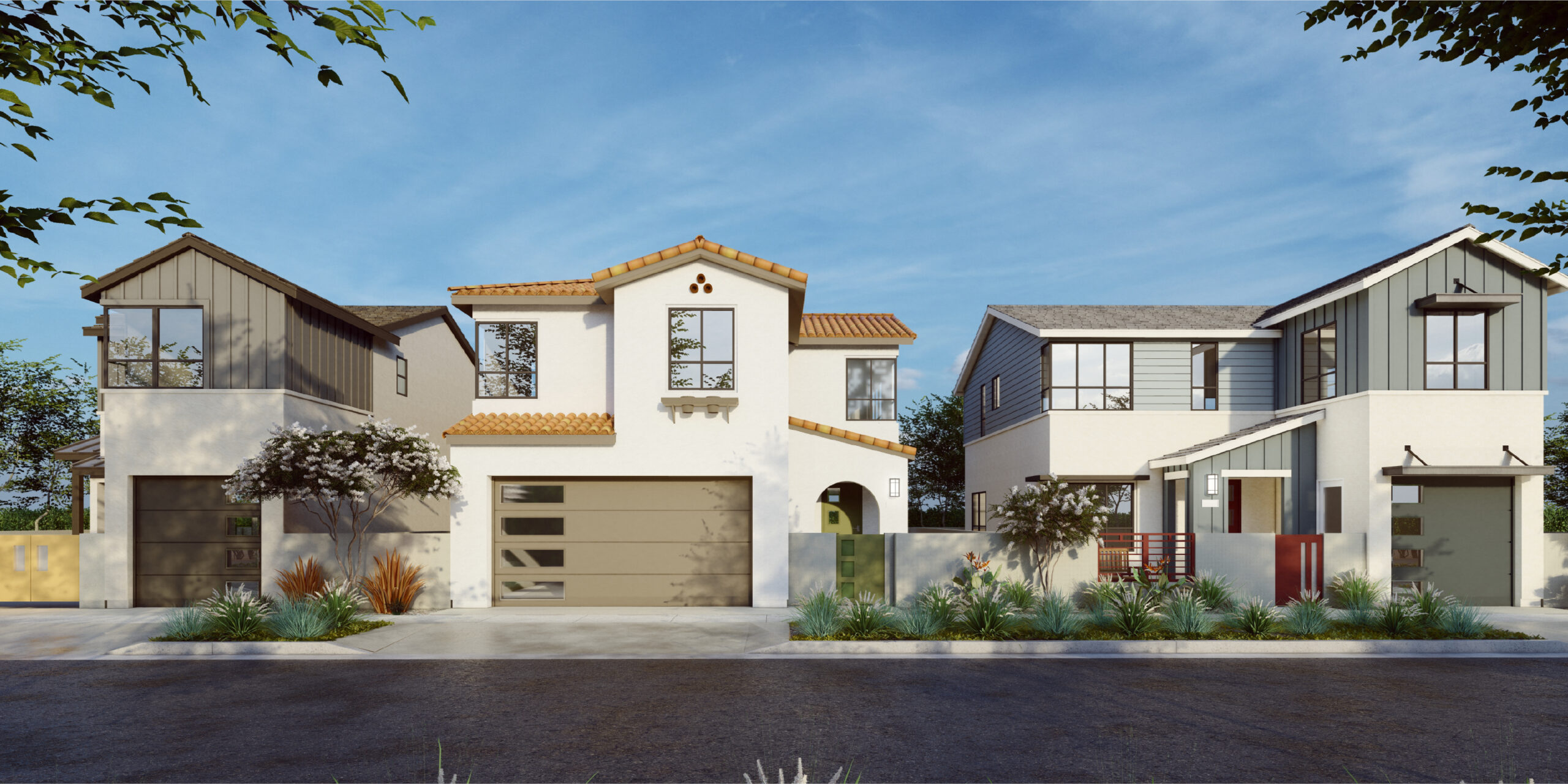Build-to-Rent by Zonda
Demographics, Demand Drivers, and Design Evolution
“Demographic shifts in the US indicate a declining homeownership rate, and an aging population with decreased marital status/increasing martial age, and postponement of starting a family which supports rental housing. Single family residences and Build-to-Rent renters span the age and lifestyle spectrum, from a single professional to growing families to downsizing empty nesters.”
Zonda kicked off 2024 with a Build-to-Rent (BTR) conference hosted in Dallas, Texas, from January 29-30. The two-day event offered unique industry insight from top industry leaders who are active in the BTR market. WHA’s own Mike Cantrell, Architect and Senior Principal, had the opportunity to speak on a panel alongside Mollie Carmichael of Zonda Advisory and Garrett Hoskins on Robert Hidey Architects. The session, Demographics, Demand Drivers, and Design Evolution, dug into the demographic shifts of homeownership in the U.S. and how we can design products to adapt to this market trend. Here are some key takeaways from this movement.
Build-to-Rent can span across many different home types such as Single Family Detached (SFD) and Townhomes. BTR SFD’s provide the creature comforts of a typical single-family home such as private yards for prospective pet owners or generalized outdoor activities, 2-car garages, and the privacy of no shared walls. BTR Townhomes are the next step up from traditional apartments and often offer 2-car garages attached to their home. They can also provide private yards or outdoor spaces but often have one or two shared walls.
From a designer’s perspective, typical BTR expectations carry a generalized square footage of 1,300 to 2,400 sq. ft., 3-4 bedrooms with a 2-story detached layout, and often have property management and a site amenity ready for use. Some design ideals include: prioritizing more durable materials that can better withstand “rental turnover,” wider doors that allow for move-in and move-out ease, fresh modern designs that follow today’s trends to attract new renters, and efficient floor plans that maximize usability at a smaller square footage.
Benefits include a pathway to home ownership that doesn’t require the traditional and now daunting tasks of attaining a new home as a young buyer. BTR is considered a quicker build and can fill the need for housing at a more rapid pace to make estimated annual quotas. The location of BTR properties allows for closer proximity to jobs and offices; and best of all, a renter is not tied down to their property.
A large percentage of the populace is now claiming that life experiences are a priority over home ownership. Due to this shift in priorities and lifestyles, this next generation is seeking neighborhood walkability, security, healthy living, a strong “neighborhood/community” feel, and total price transparency – all of which the Build-to-Rent market is aiming to cater towards.






Leave a Reply